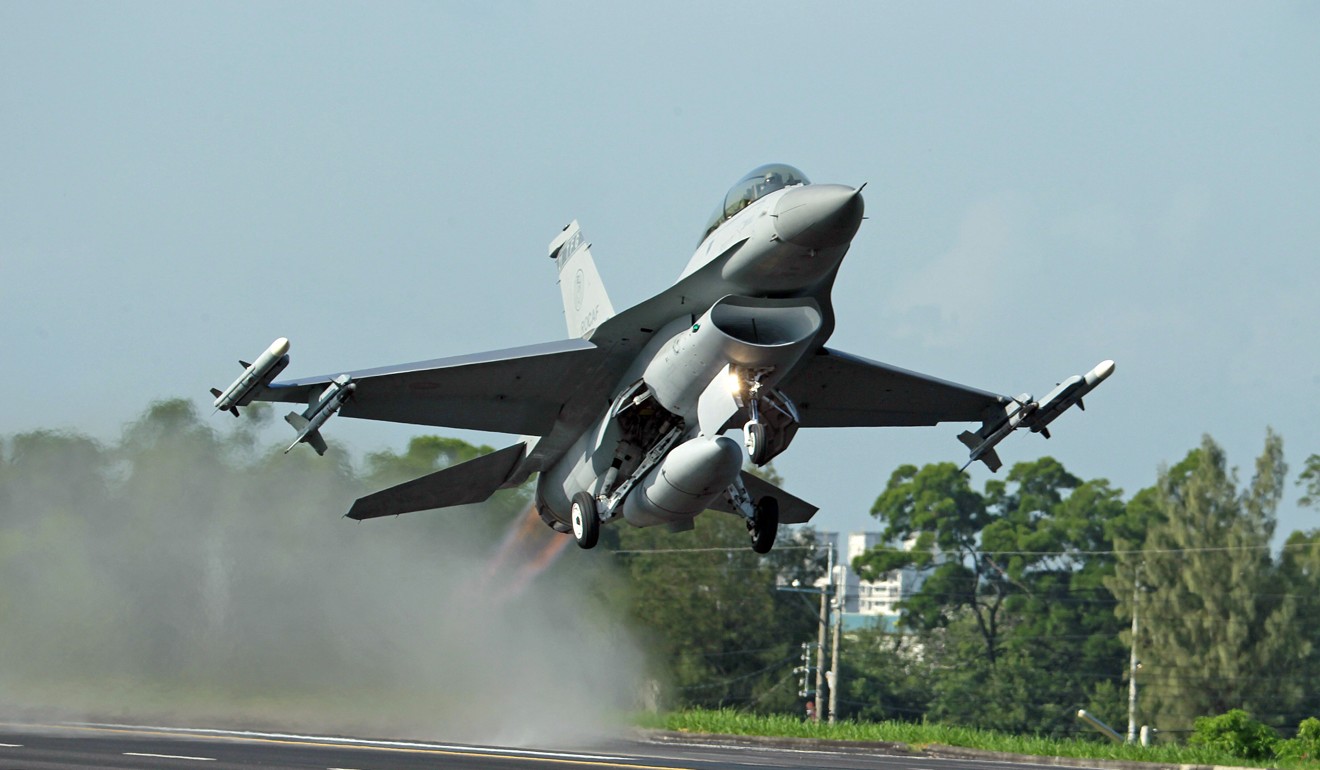
The US and China take their rivalry into more dangerous waters after collapse of trade talks
- Since the breakdown of the latest round of trade negotiations, the Trump administration has signalled that all-out containment, rather than competition, now guides its dealings with China
The net result will be fewer inhibitions on both sides about provoking the other not only on trade-related issues, but also on more sensitive and dangerous subjects.
Historians will debate whether China reneged on understandings reached between the negotiators, or US President Donald Trump decided it was politically more in his interest to campaign for his re-election by railing against China rather than defending a compromise agreement his opponents would pick apart.
Other considerations may prove to have been factors as well, such as overconfidence on both sides about their leverage over each other.
There is definitely a cold-war mentality at work that may diminish both sides’ capacity to manage crises effectively
These actions had been delayed for months as the trade talks played out.
Advocates of delinking who believe China must be actively prevented from catching up with US advanced technology won the day, rather than trusting that US competitiveness would eventually outpace China’s. Containment beat out competition.
How China’s rise is helping to unite America behind Trump

But barring another radical turnabout by Trump himself – not impossible – there does not appear to be enough time to work through the remaining disagreements.
US Trade Representative Robert Lighthizer has a full agenda dealing with other festering trade agreements and disputes.
Does Trump need a trade deal with China? Markets beware
China, for its part, has toughened its rhetoric while posturing that it is ready to resume talks if the US will moderate its demands.
Fortunately for the US, these steps are also likely to make the Chinese economy less competitive over time.
If Xi used the rare earths visit to send a signal that China can deny American industry what it needs when the US denies Huawei what it requires, then I am even more worried.
It is troubling that Xi decided to do this or received and accepted advice to do so when it is likely to prove a hollow threat.
Is the United States about to ramp up its Indo-Pacific strategy?
The US and Chinese leaders are wilful, strong men, who often do not appear to be getting the best advice, nor do they routinely listen to it. This, too, is a bad omen.
Quite a few senior officials in the Trump administration have long advocated expanding the scope and level of US interaction with Taipei, yet Trump himself seems to have kept a lid on ties with Taiwan, for reasons he has not articulated.
Meanwhile, Beijing has regularly increased its political, diplomatic, military and economic pressure on the island.
In this atmosphere, if the American hardliners achieve a breakthrough in elevating US-Taiwan ties, the inhibitions on Beijing responding for fear of adverse economic consequences have been reduced.
And the potential for confrontations extend beyond Taiwan to the South China Sea and other Chinese territorial claims, reconnaissance missions along the China coast, and other areas.

We are not in a new cold war yet, in my opinion, but there is definitely a cold-war mentality at work that may diminish both sides’ capacity to manage crises effectively.
How John Bolton became US foreign policy’s ‘devil incarnate’
The end of the trade talks seems likely to be the beginning of something much worse.
Douglas H. Paal is vice-president for studies and director of the Asia Programme at the Carnegie Endowment for International Peace

